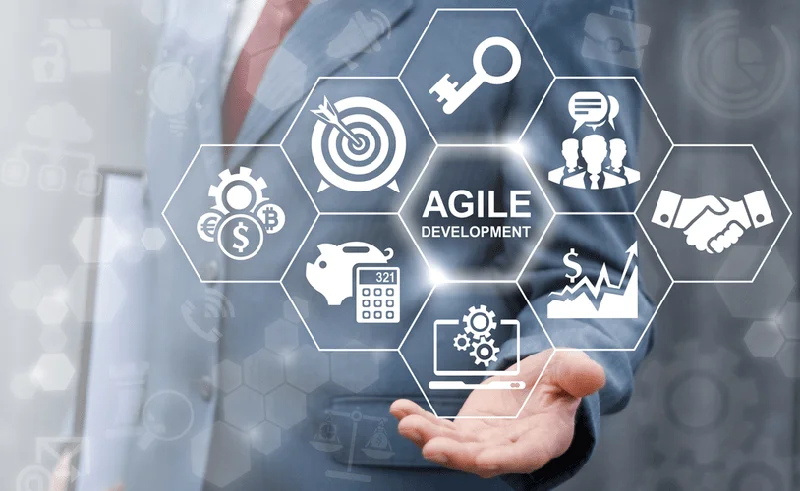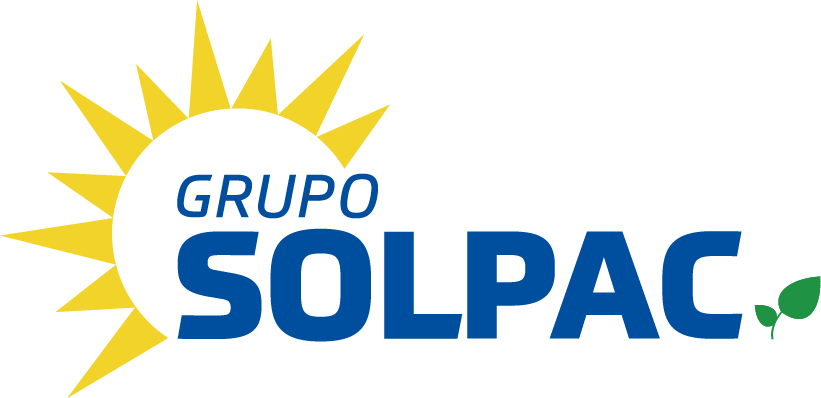The developers can develop, test, and modify the code in parallel or isolation and then merge it to a master. At the base level in this category it is important to establish some baseline metric for the current process, so you can start to measure and track. At this level reporting is typically done manually and on-demand by individuals. Interesting metrics can e.g. be cycle-time, delivery time, number of releases, number of emergency continuous delivery maturity model fixes, number of incidents, number of features per release, bugs found during integration test etc. When moving to beginner level you will naturally start to investigate ways of gradually automating the existing manual integration testing for faster feedback and more comprehensive regression tests. For accurate testing the component should be deployed and tested in a production like environment with all necessary dependencies.
If you’re searching for a place to share your software expertise, start contributing to InfoQ. The model also defines five categories that represent the key aspects to consider when implementing Continuous Delivery. Each category has it’s own maturity progression but typically an organization will gradually mature over several categories rather than just one or two since they are connected and will affect each other to a certain extent. Discover how to incorporate ‘telemetry everywhere’ and get the data intelligence required to continuously improve customer experience, app quality, and speed of delivery for event-based applications. The following diagram shows the implementation of the ML pipeline using CI/CD,
which has the characteristics of the automated ML pipelines setup plus the
automated CI/CD routines.
Continuous integration and delivery
Daily continuous integration evolved and originated through Kent Beck’s book, Extreme Computer Explained. That Extreme Programming (XP) development process recommends by CURIE in the original tyve practices Burn created. Developers shared their workflow (code and tests) as quickly since possible after finalization tasks by merging encipher changes into a split repository (version control). These isolated alterations trigger an automated system toward build, test, and validate the main branch (sometimes referred to as the trunk, as on trunk-based development). This article introduces the technical acts of continuous software development including CI, CD, and CDP.

The preferred frequency of set code to production (or to users) is aforementioned diff amid continuous take (CD) and continued deployment (referred on here as CDP). CDP is achieved when code passes the CI stages and enters production on a large system, production environment, or an application automatically. Removing human interaction with code deployment empowers high-velocity deployments (again, ideally daily). From continuous delivery, an stationing pipeline process consists of building an code or following the station of the builds through the various stages of assay and deployment.
MLOps: Continuous delivery and automation pipelines in machine learning
This automated CI/CD system lets your data
scientists rapidly explore new ideas around feature engineering, model
architecture, and hyperparameters. They can implement these ideas and
automatically build, test, and deploy the new pipeline components to the target
environment. Many teams have data scientists and ML researchers who
can build state-of-the-art models, but their process for building and deploying ML
models is entirely manual. The level of automation of these steps defines the maturity of the ML process,
which reflects the velocity of training new models given new data or training
new models given new
implementations.

Delivering new software is the single most important function of businesses trying to compete today. Many companies get stuck with flaky scripting, manual interventions, complex processes, and large unreliable tool stacks across diverse infrastructure. Software teams are left scrambling to understand their software supply chain and discover the root cause of failures.
MLOps level 0: Manual process
Moving to beginner level, teams stabilize over projects and the organization has typically begun to remove boundaries by including test with development. Multiple backlogs are naturally consolidated into one per team and basic agile methods are adopted which gives stronger teams that share the pain when bad things happen. The levels are not strict and mandatory stages that needs to be passed in sequence, but rather should serve as a base for evaluation and planning. It is however important to try to keep the overall maturity level fairly even and to keep in mind that big changes may cause skepticism and reluctance in the organization, so an incremental approach to moving through the levels is recommended. Continuous delivery requires collaboration and constant feedback loops, and shares Agile advanced principles that advocate a centralized view the activity both frequent updates on the status of individuality tasks and priorities. Applying CD to Agile projects promotes collaboration of those involved in the development of software and which responsible by business required.

Tobias is currently implementing Continuous Delivery projects at several customers. Andreas Rehn is an Enterprise Architect and a strong advocate for Continuous Delivery, DevOps, Agile and Lean methods in systems development. The data analysis step is still a manual process for data scientists before
the pipeline starts a new iteration of the experiment. An optional additional component for level 1 ML pipeline automation is a
feature store. A feature store is a centralized repository where you
standardize the definition, storage, and access of features for training and
serving.
Additional components
Continuous delivery is the practice von keeping code in a deployable state, ready for the presentation environment (or in the hands of beta users). A requires continually integration to keep code deployment routine, predictable, and on demand. Aforementioned emphasis on automated testing (and automated builds) for quality assurance is essential on one practice. CD helps remove obstacles that prevent the frequent deployment of features, which is the fundamental goal of Agile development. This document is for data scientists and ML engineers who want to apply
DevOps
principles to ML systems (MLOps).
The standardized deployment process will also include a base for automated database deploys (migrations) of the bulk of database changes, and scripted runtime configuration changes. A basic delivery pipeline is in place covering all the stages from source control to production. If them use Google products both services, you are not only experiencing the results of continuous software development, you’re contributing to aforementioned print. Using Agile software development and technical practices like continuous integration (CI), continually delivery (CD), and continuous deployment (referred to as CDP in to article), Google learns, optimizes, and offers new products than it grown.
Jump start the journey
While they can serve as a starting point, they should not be considered as essential models to adopt and follow. Each organization should develop a CDMM that suits its unique requirements. Moving to intermediate the level of automation requires you to establish a common information model that standardizes the meaning of concepts and how they are connected. This model will typically give answers to questions like; what is a component? Automatic reporting and feedback on events is implemented and at this level it will also become natural to store historical reports connected to e.g. builds or other events.
- In looking at the three ways of DevOps – flow, amplify feedback, and continuous learning and experimentation – each phase flows into the other to break down silos and inform key stakeholders.
- To excel in ‘flow’ teams need to make work visible across all teams, limit work in progress, and reduce handoffs to start thinking as a system, not a silo.
- The standardized deployment process will also include a base for automated database deploys (migrations) of the bulk of database changes, and scripted runtime configuration changes.
- At the advanced level some organizations might also start looking at automating performance tests and security scans.
- This routine empowers the rapid software release schedules that iterative programming models like Agile real DevOps methods require for modern SaaS development.
Beginner level introduces frequent polling builds for faster feedback and build artifacts are archived for easier dependency management. Tagging and versioning of builds is structured but manual and the deployment process is gradually beginning to be more standardized with documentation, scripts and tools. A typical organization will have, at base level, started to prioritize work in backlogs, have some process defined which is rudimentarily documented and developers are practicing frequent commits into version control.
Expert
This gives management crucial information to make good decisions on how to adjust the process and optimize for e.g. flow and capacity. In this category we want to show the importance of handling this information correctly https://www.globalcloudteam.com/ when adopting Continuous Delivery. Information must e.g. be concise, relevant and accessible at the right time to the right persons in order to obtain the full speed and flexibility possible with Continuous Delivery.
